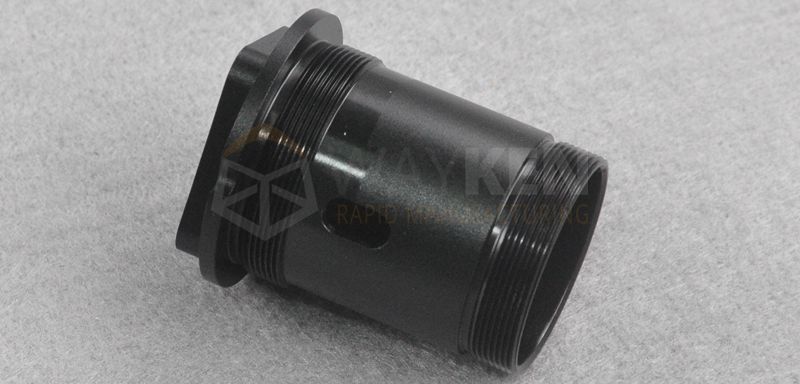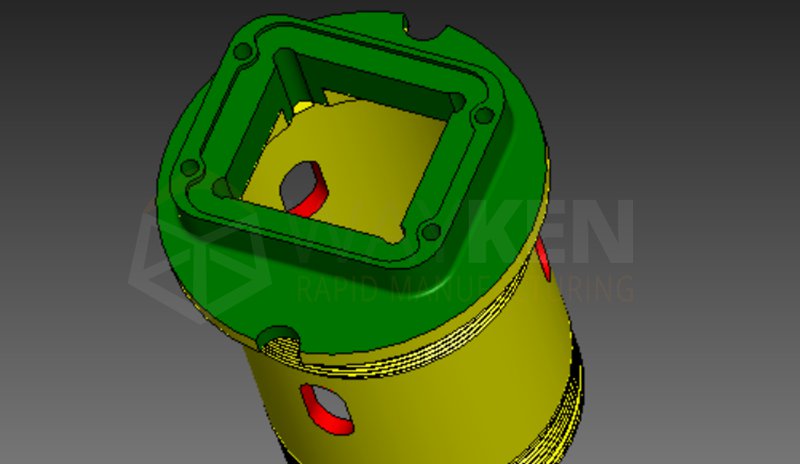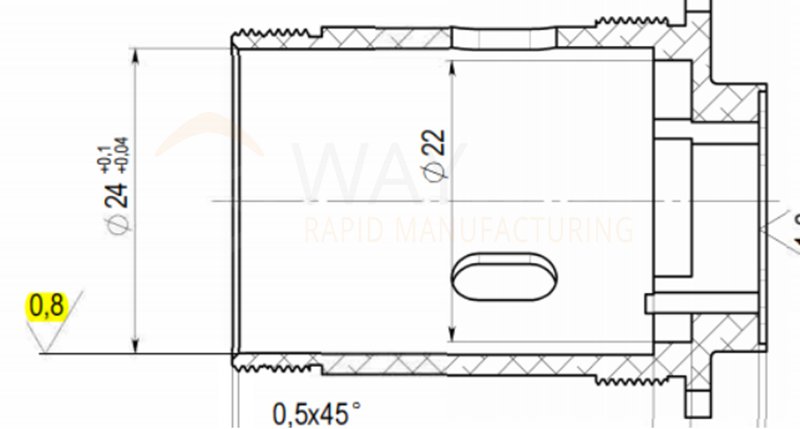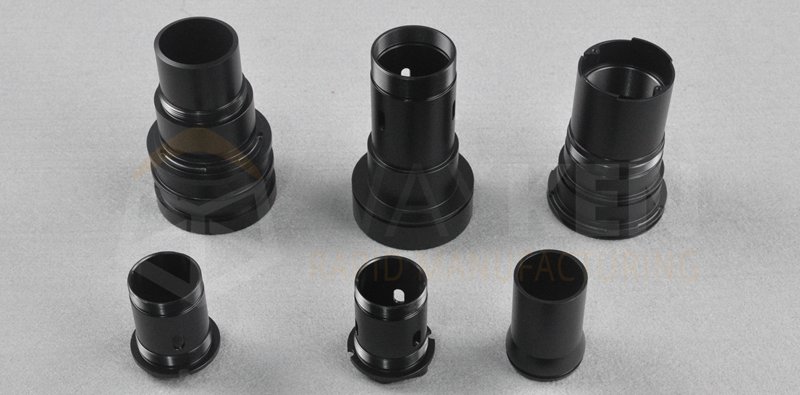Case Study: How to Develop Diving Goggle Housing?
How develop prototypes for the diving goggles project? Get one-stop services at WayKen provides diving goggle housing manufacturing to meet your specific requirements.
At a Glance of the Project
| Information | |
|---|---|
| Product | Diving Goggle Lens Housing |
| Challenges | High precision fit sealing, multiple machining on different machines |
| Technology | 3, 4 axis CNC milling and precision turning |
| Material | AL6061 |
| Surface finish | Sandblasting, black anodizing |
| Quantity | 8 Prototypes |
| Lead Time | 10 Business days |
About Product
The diving goggle lens housing stands as a vital component in the overall structure of the diving goggles. Given its application in underwater environments, it is important to place on ensuring waterproof and anti-corrosion properties during the manufacturing process. Furthermore, as a new product enters the market, aesthetics is still a key factor that should be taken into consideration.
In this case study, let’s check how WayKen successfully delivers high-quality diving goggle housing to our customers.

Choose Processes and Surface Finishing for Diving Goggle Housing
Our customer hoped to develop a prototype of a diving goggle using aluminum to test its functionality and gather marketing feedback. It was a shaft component, featuring a cylindrical surface with four irregular holes on the side and two external threads on both ends.
After thorough discussions with the customer and receiving confirmation of the details, WayKen recommended using CNC machining for manufacturing the diving goggle lens housing. This choice ensured precise assembly relationships and could achieve the required roughness value, both crucial factors for ensuring waterproofing.
Additionally, the two surface treatments, sandblasting and anodizing, not only provided anti-corrosion functionality but also enhanced the overall aesthetic appeal of the product. By careful consideration, the customer agreed to our machining solutions.
How WayKen Manufactured Diving Goggle Housing?
Regarding this project, WayKen always kept in mind that they should make sure to achieve both the waterproof and assembly relationship, alongside ensuring an appealing appearance. The following are the key points during processing the diving goggle housing.
Machining Strategies to Satisfy Assembly
To meet the assembly relationship requirements, critical dimensional tolerances had to be strictly controlled. In this diving goggle housing project, the dimension tolerance of the cylindrical side ranged between ±0.02mm and ±0.05mm, with a thread tolerance of h6, signifying high precision requirements.

To achieve these tolerances, WayKen employed a strategic machining method. First, the green area used 3-axis CNC milling to ensure linear tolerance. Then, the yellow area employed CNC turning to maintain thread tolerance. Finally, the red area underwent 4-axis CNC machining to produce the final diving goggle parts.
Although it was a small structural component of the diving goggles, the manufacturing process involved both turning and milling on different CNC machines. This intricate process demands the manufacturer to possess professional fixture design skills and extensive experience. Furthermore, the involvement of skilled CNC operators was indispensable throughout this production.
Achieve Waterproof Function for Diving Goggle

The key to attaining a waterproof function lies in achieving RA 0.8. WayKen employed precision CNC turning to machine the cylindrical inner precisely. It was chosen for its ability to yield a smooth surface, making the area have a very small roughness value. This characteristic was crucial as it eliminated gaps between the diving goggle component’s surface and the sealing ring. Consequently, the seal rings could perfectly fit onto the component, making it have a waterproof function.
So during the machining process of diving goggles, special attention should be paid to leaving an allowance during the initial milling and turning stages. This strategic approach allows for the subsequent use of a fine cutter in the second phase, achieving the required RA value precisely.
Choose Surface Treatments to Get Excellent Diving Goggle Lens Housing

To perfect the diving goggle lens housing, WayKen strategically used surface treatments to address both functional and aesthetic considerations. Recognizing the demands of the product’s application, the customer placed significant emphasis on implementing anti-corrosion measures and achieving an appealing visual finish. Therefore, sandblasting and black anodizing played important roles in the final manufacturing step.
The main challenge in this process was achieving a consistent surface effect without the presence of small white spots. WayKen addressed this concern by carefully selecting the anodizing rack area and employing skillful processing techniques. This attention to detail ensured the delivery of a diving goggle housing with a high-quality surface finish.
Future Plan
“These diving goggle prototypes look great and we did an assemble and waterproof test. Fortunately, we got a perfect result. It is appreciated by your team for your effort and support. We look forward to our next project.”Molly, the project leader, said.
WayKen is also a pleasure to contribute to the success of this project. As well, we are eager to embark on future projects with the same enthusiasm and commitment. We are not just a CNC machining manufacturer but also an extension of your team, dedicated to helping turn your ideas into reality.





